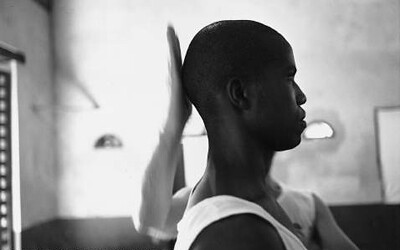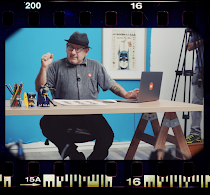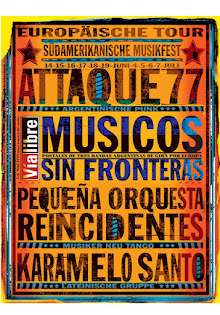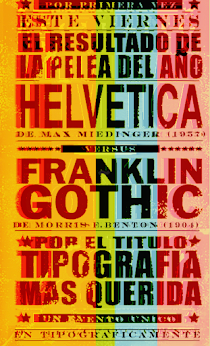Digital photography vs. Photojournalism

El autor de esta columna será uno de los encargados del IV Taller Latinoamericano de Periodismo Gráfico, que se realizará entre el 16 y el 18 de mayo, en Puerto Vallarta, México. (Por Richard Emblin) Digital photography is having a profound effect on the way we see the world, and the way we absorb potential news stories spread to us through print and the electronic media. The boom is amateur photography, through readily available digital cameras, has thrown a shadow upon the traditional industry of photojournalism. Where once agents and news wire services were the only ones dedicated to bringing us pictures from the frontlines of journalism, from war zones and natural disasters; today anyone can be their own photojournalist: armed with a 4 Mega pixel camera for under US$300 dollars.
(Por Richard Emblin) Digital photography is having a profound effect on the way we see the world, and the way we absorb potential news stories spread to us through print and the electronic media. The boom is amateur photography, through readily available digital cameras, has thrown a shadow upon the traditional industry of photojournalism. Where once agents and news wire services were the only ones dedicated to bringing us pictures from the frontlines of journalism, from war zones and natural disasters; today anyone can be their own photojournalist: armed with a 4 Mega pixel camera for under US$300 dollars.
So what is the future for us professional photojournalists? What will be our role in news rooms, when everyone around us is ´posting' , selling and trading pictures on the world wide web.
Nowhere was this more apparent than on December 26th 2004 when as a deadly tsunami hit southeast Asia. From the tropical beaches of Phuket and Ko Phi Phi in Thaliland to Banda Ache in Indonesia, thousands of tourists witnessed how the deadliest wave in recent times destroyed villages, town and loved ones. The world was swamped with grief and tragedy, but another wave loomed on the horizon, or should I say, in cyberspace. Within minutes of the tragedy, thousands of images were being posted on web sites and blogs around the world, and being send to news agencies like AP and AFP from the remote corners of the world. Days before any staff photographers, TV production crews and Aid workers were able to get to the scene of the disaster, which covered 5 continents, amateur photographs were splashed across the front pages of the world´s most influential newspapers.
El jueves 18, la segunda parte.
Richard Emblin es editor de Fotografía del diario El Tiempo, de Bogotá, Colombia. Las imágenes de Emblin pertenecen a un fotoreportaje que realizó en Cartagena de Indias, en el Colegio del Cuerpo, en una de las barriadas más pobres del lugar. En este lugar más de un 60% vive por debajo de los índices de pobreza.




























































